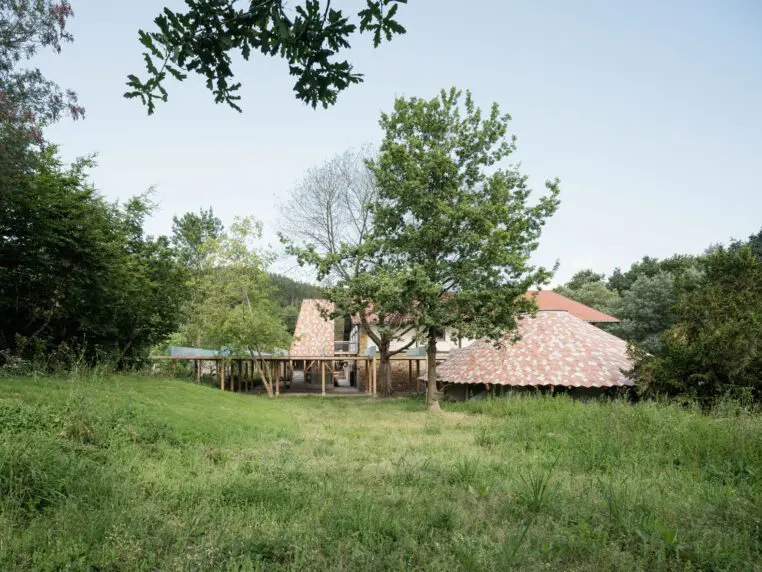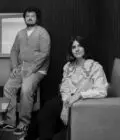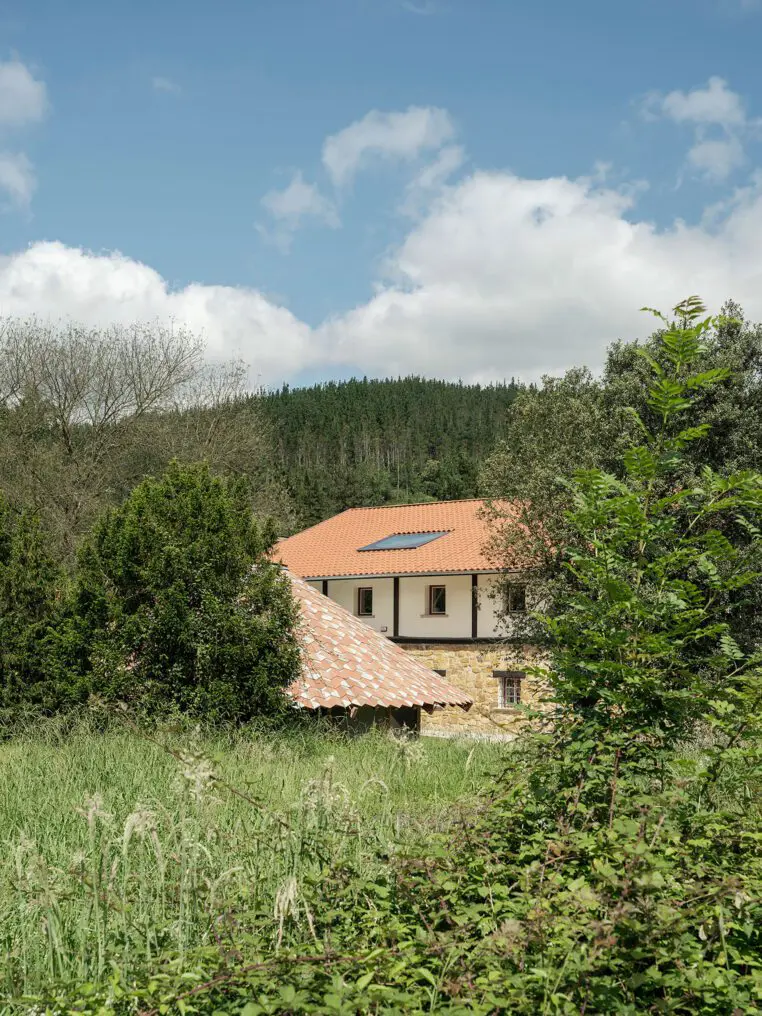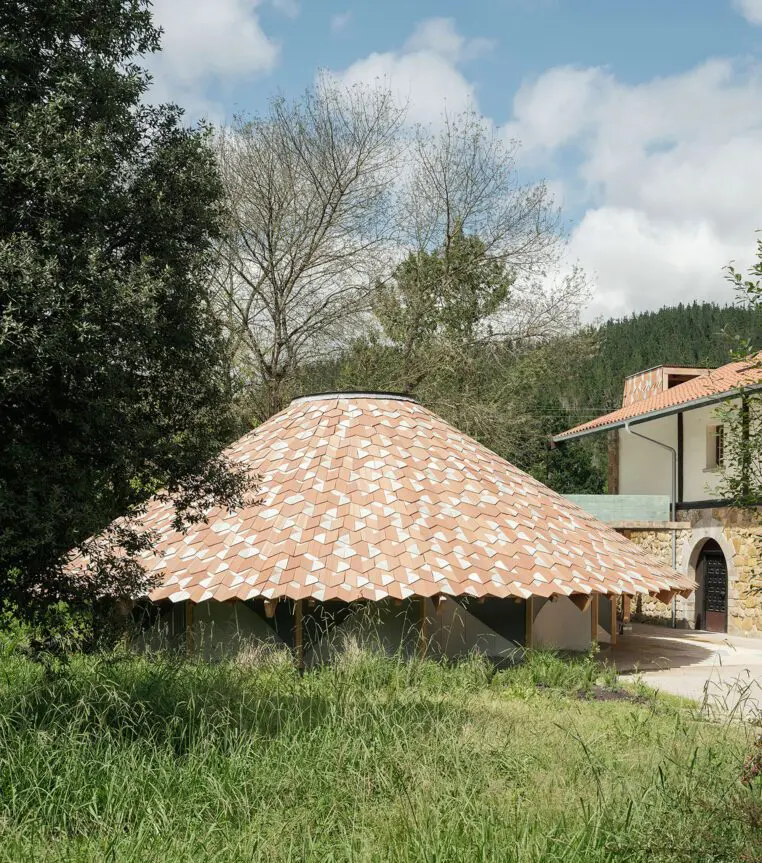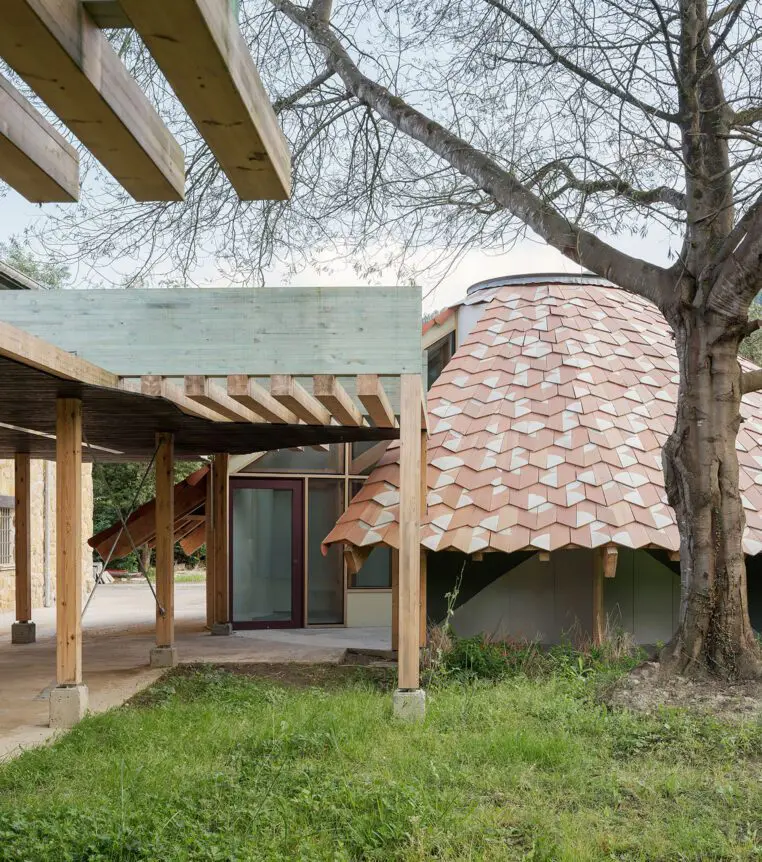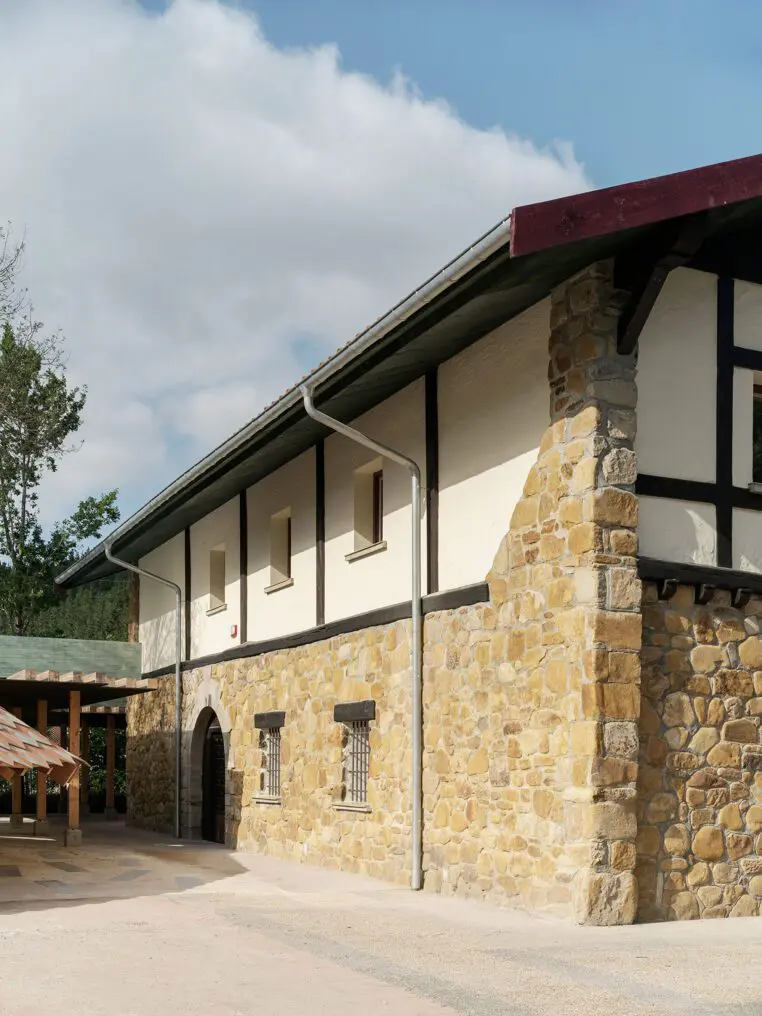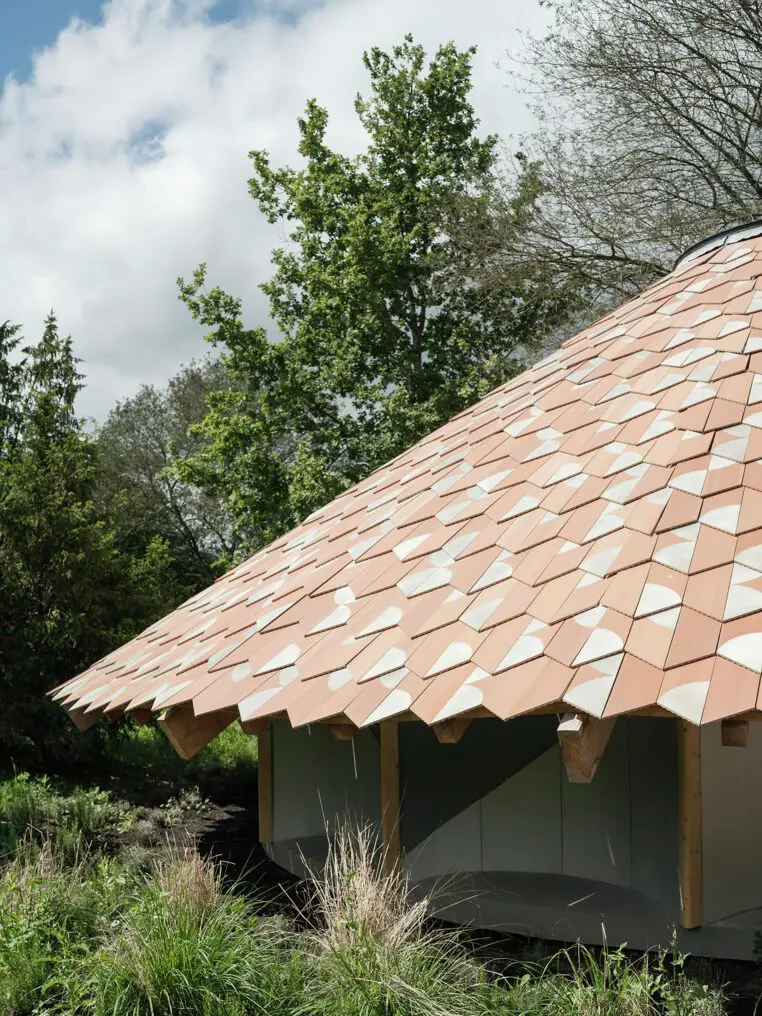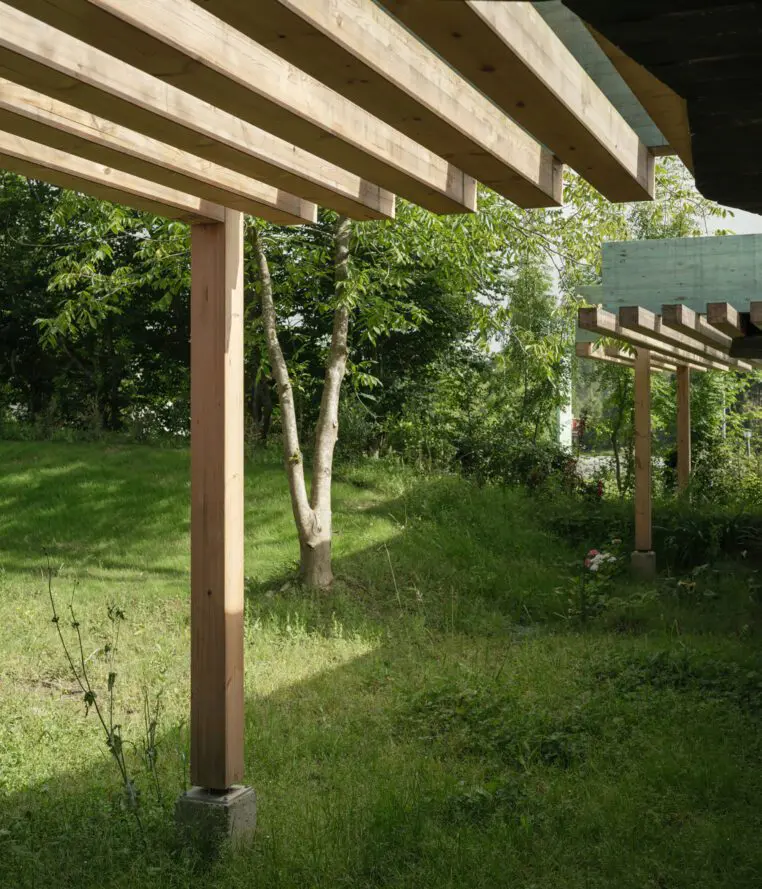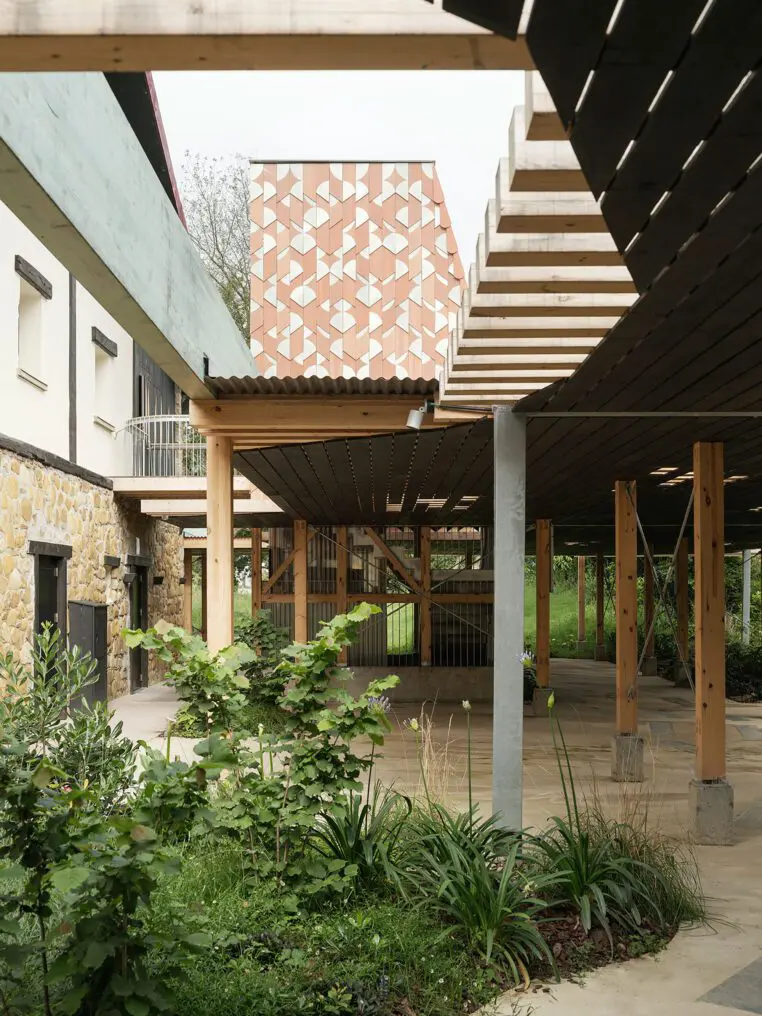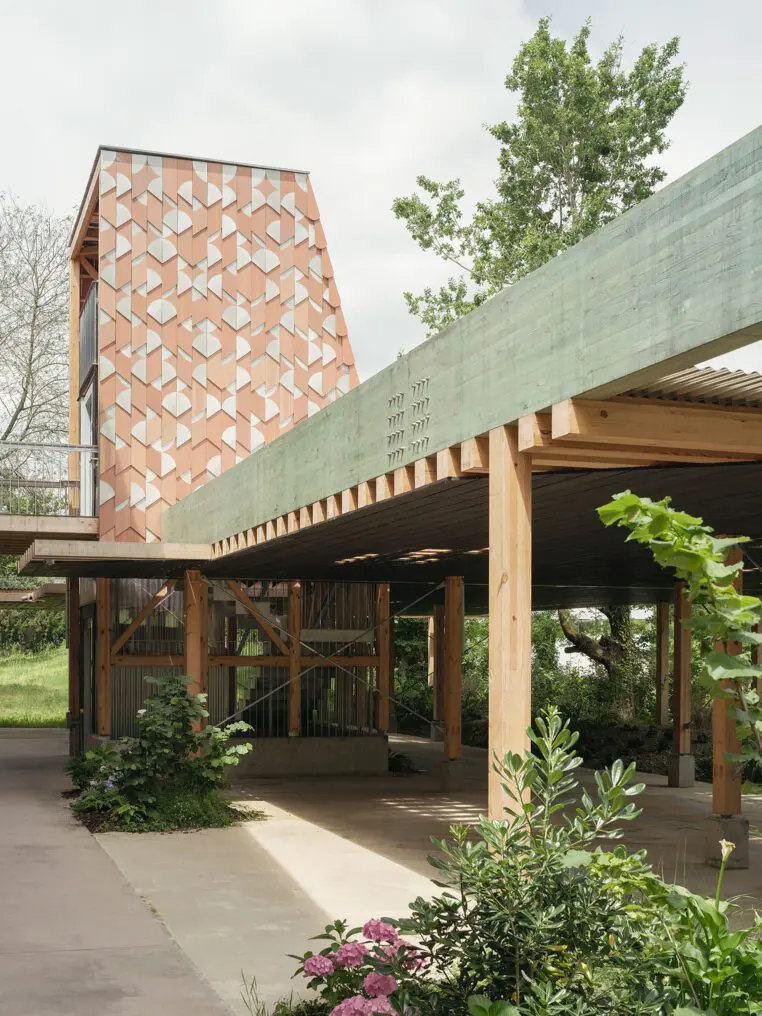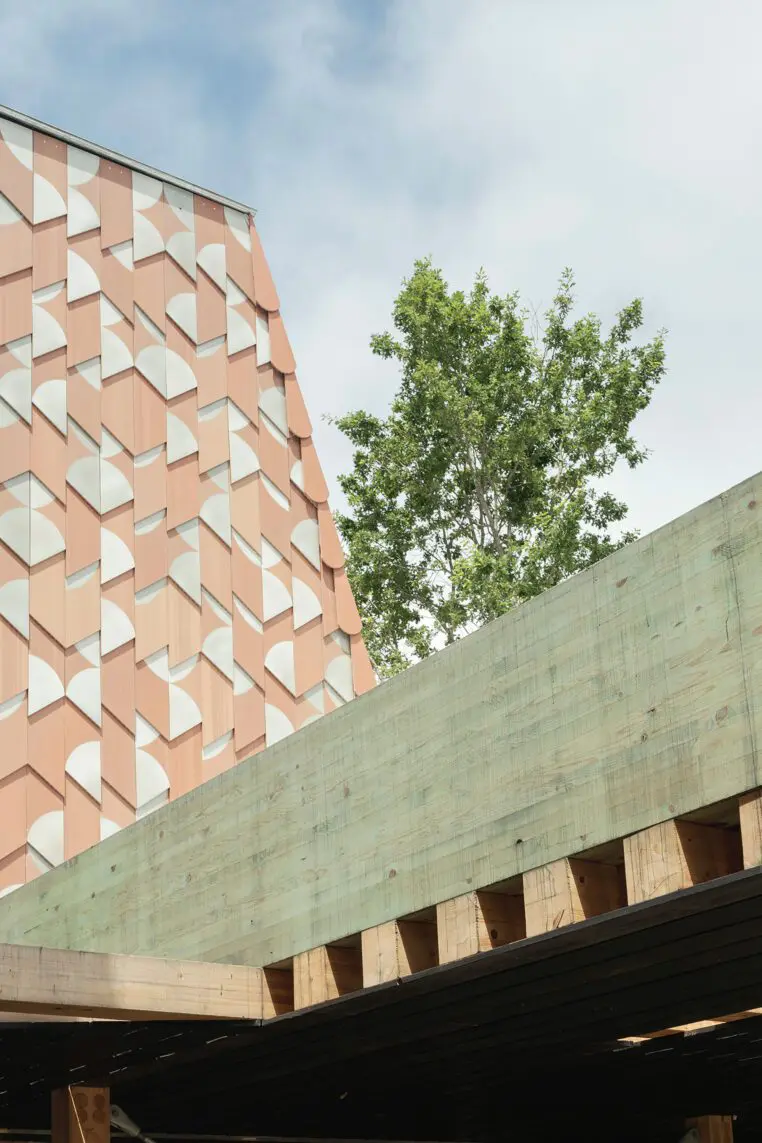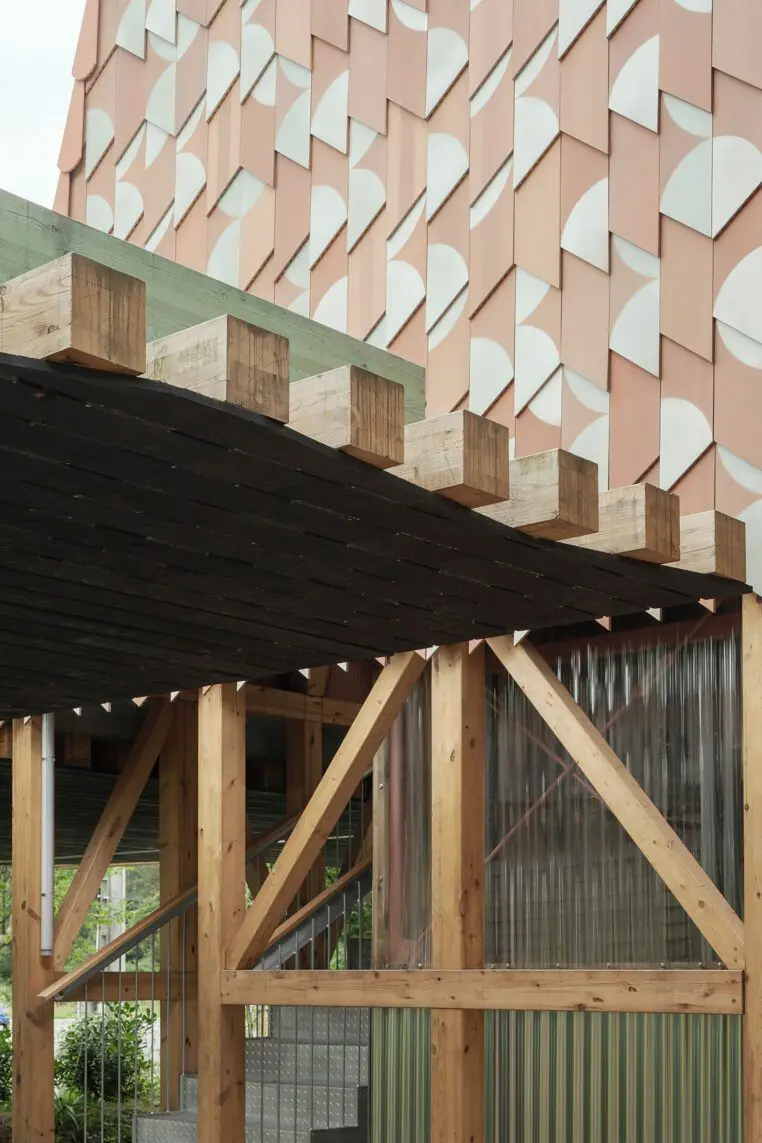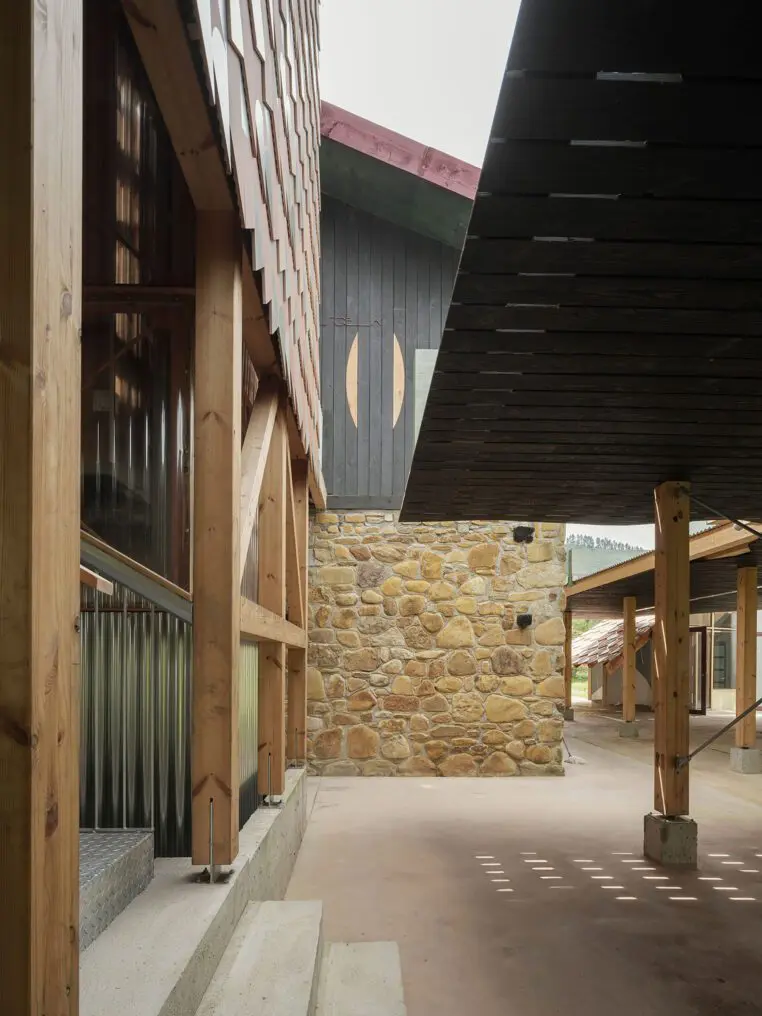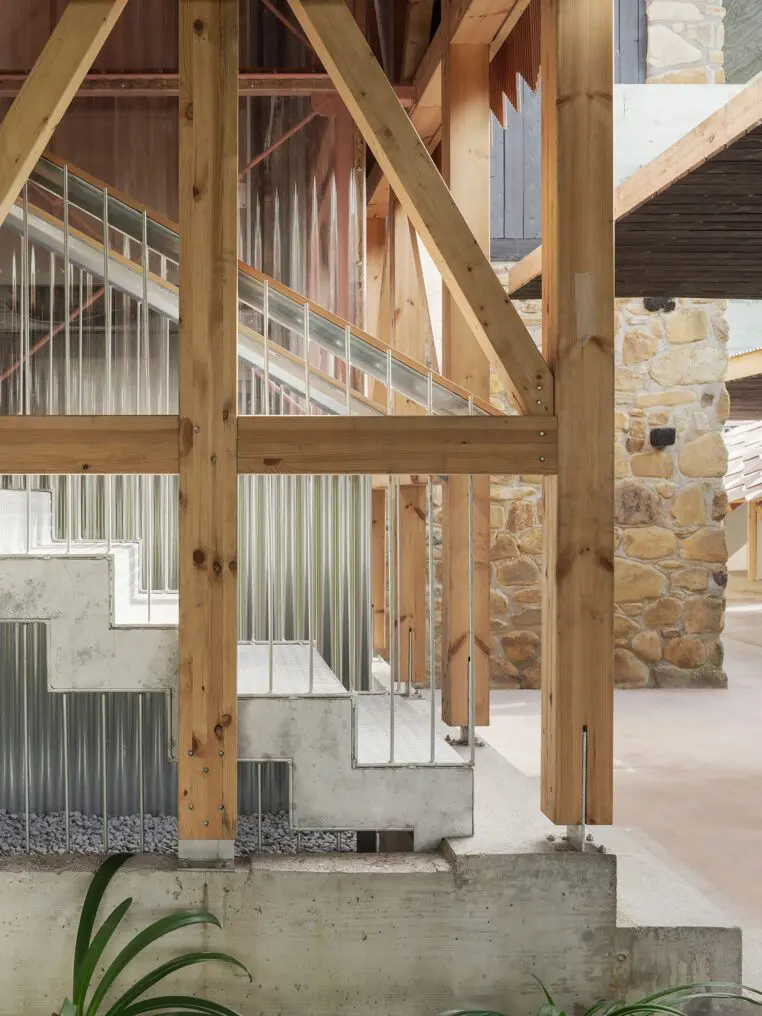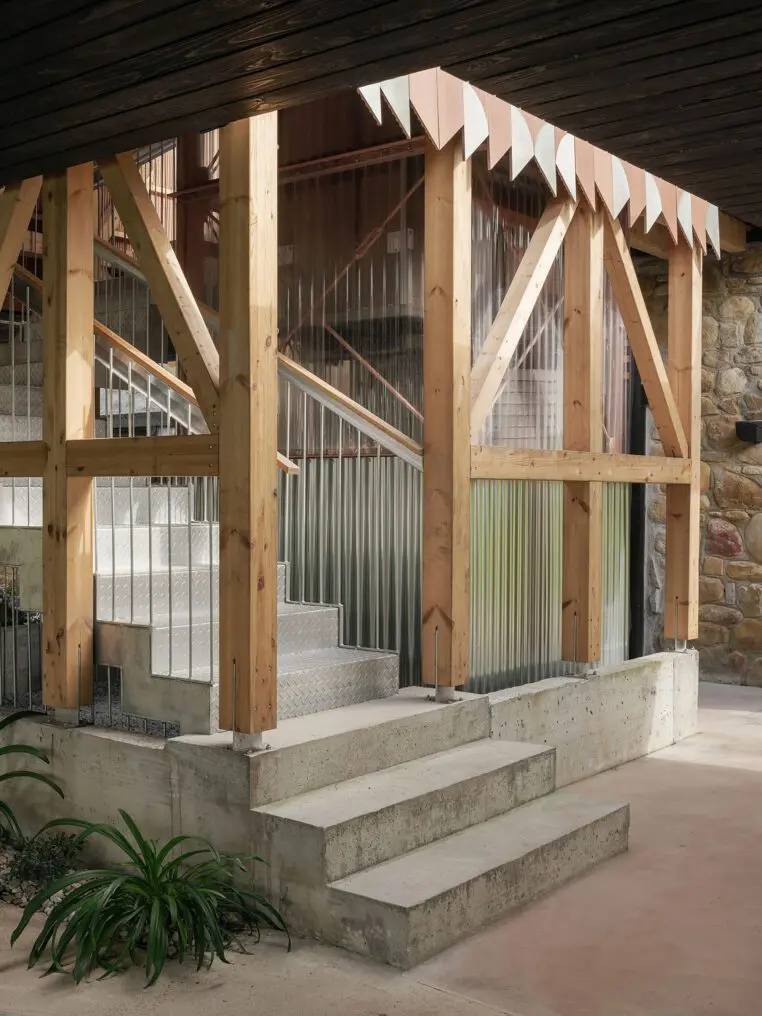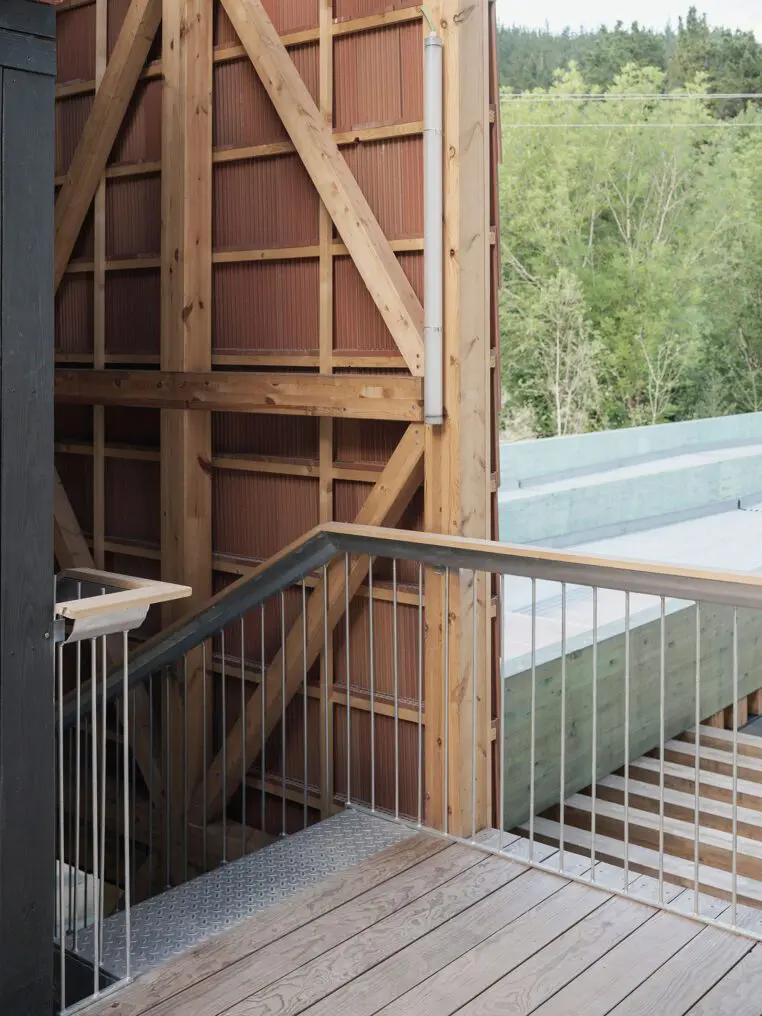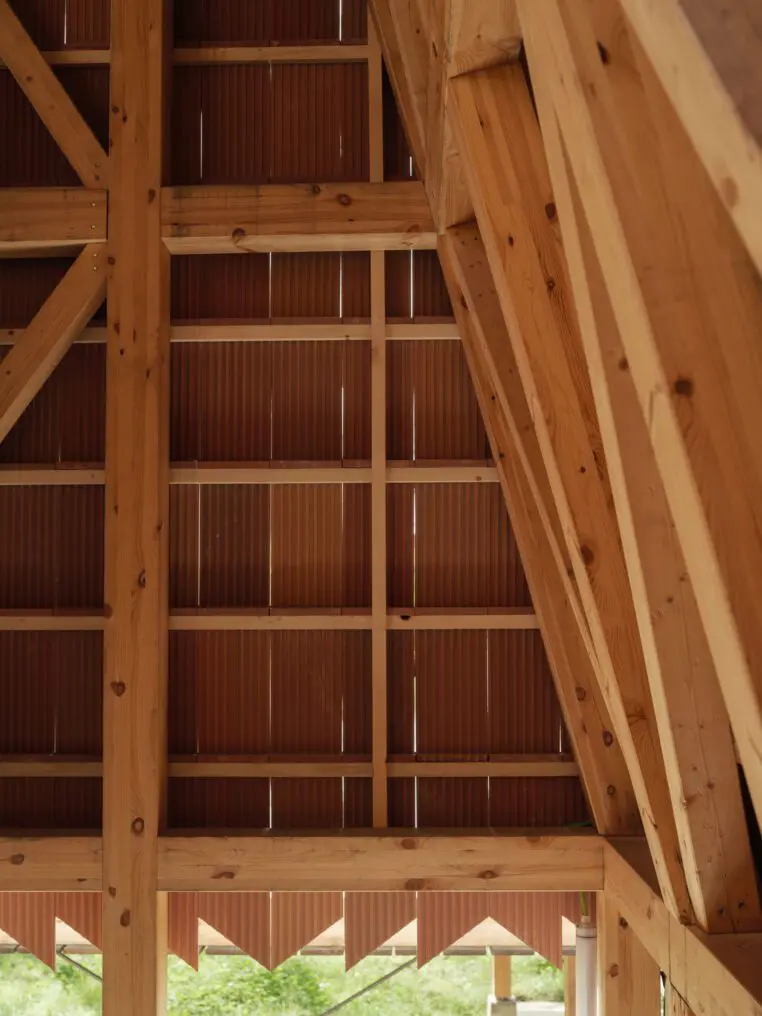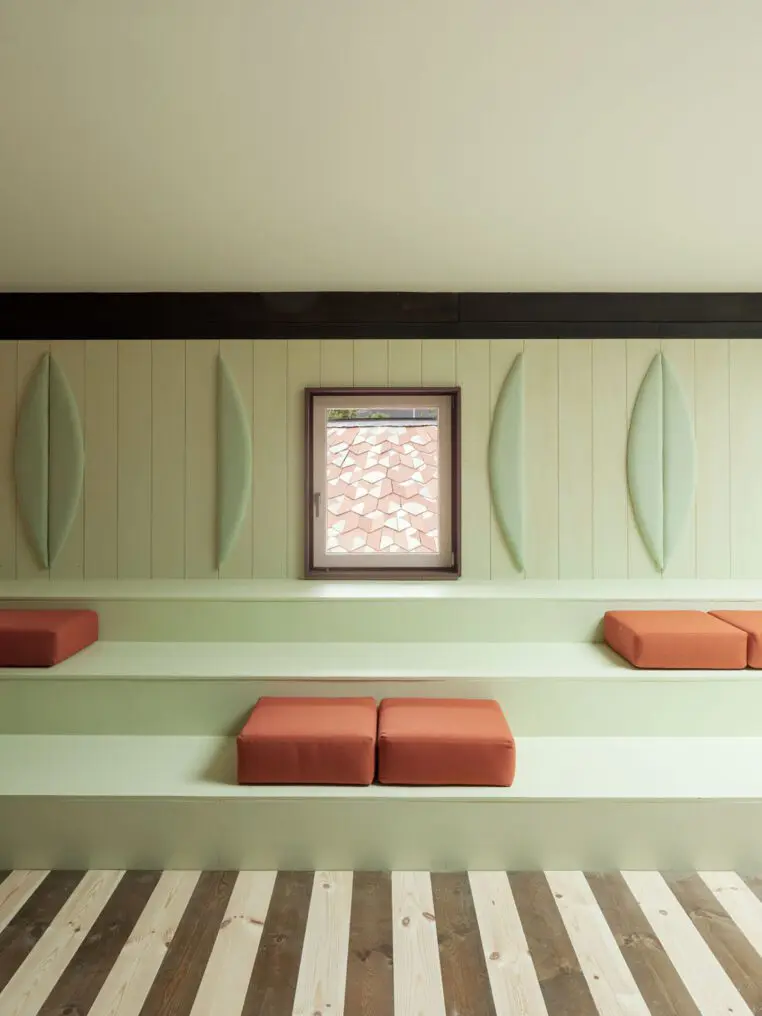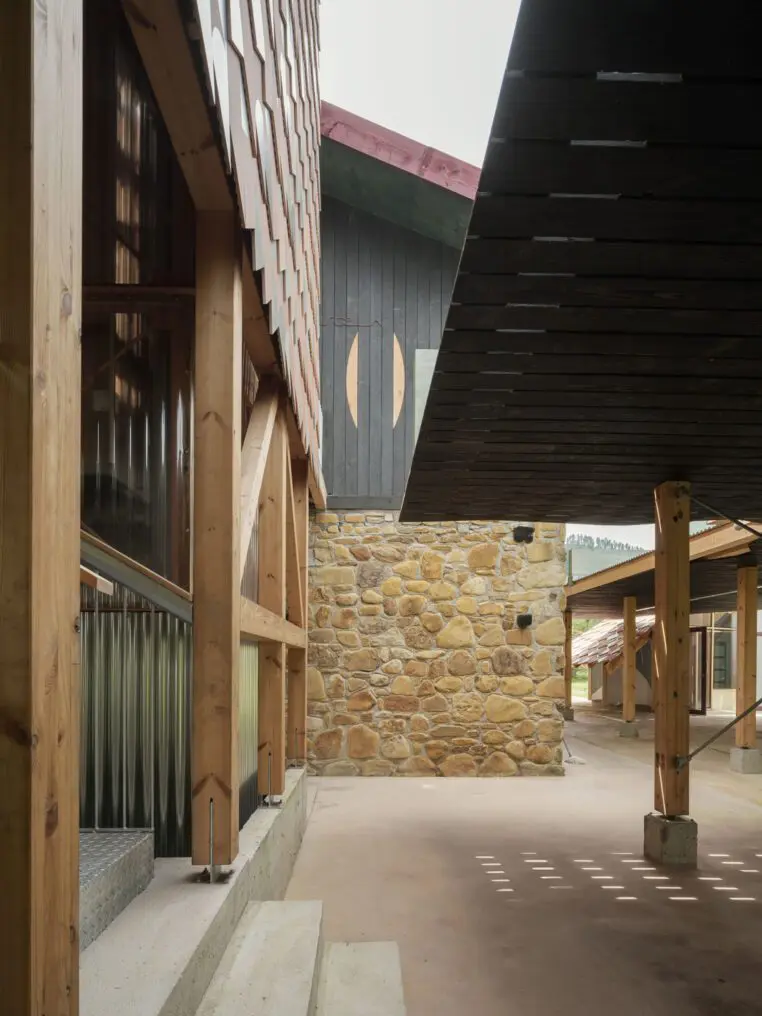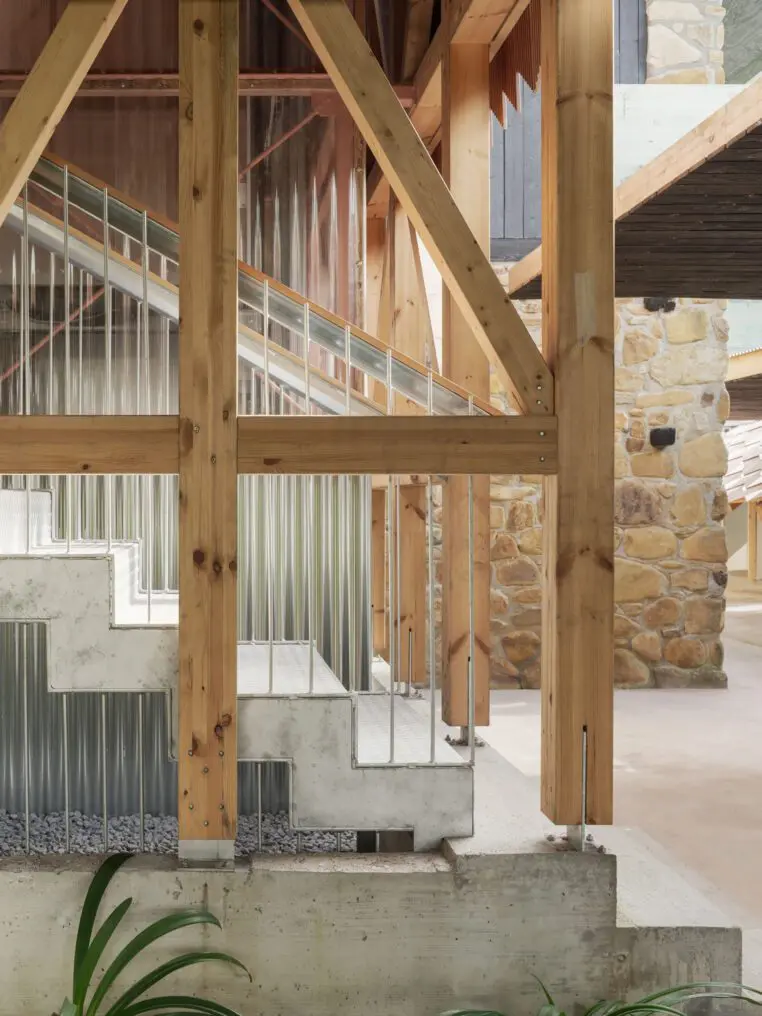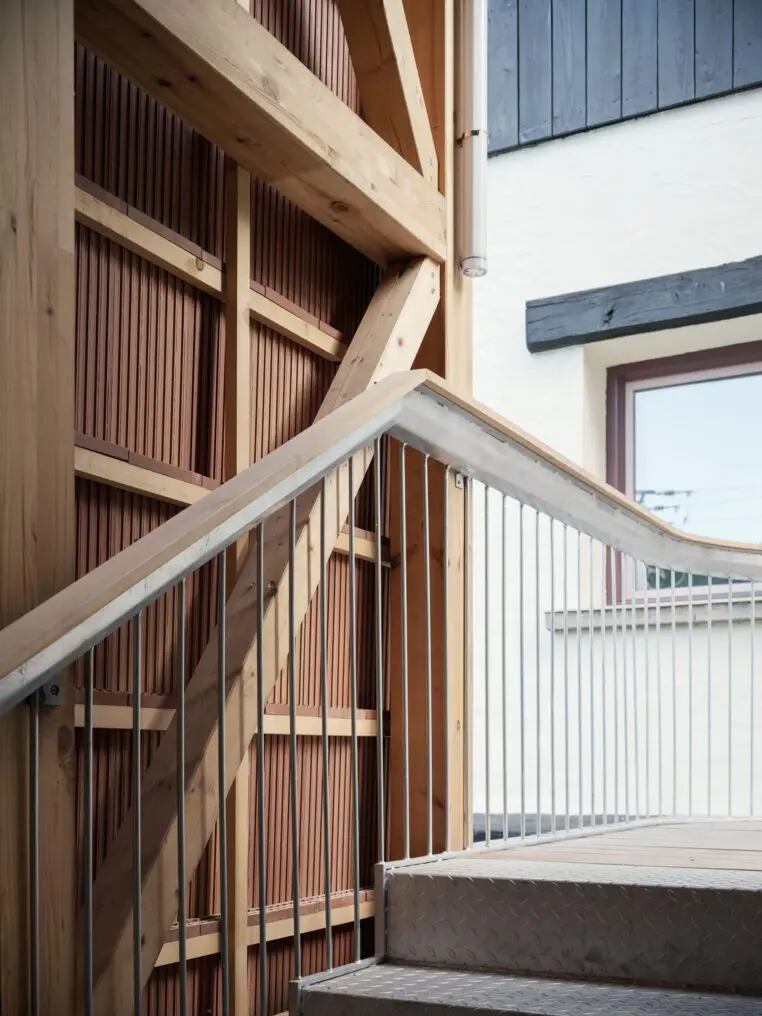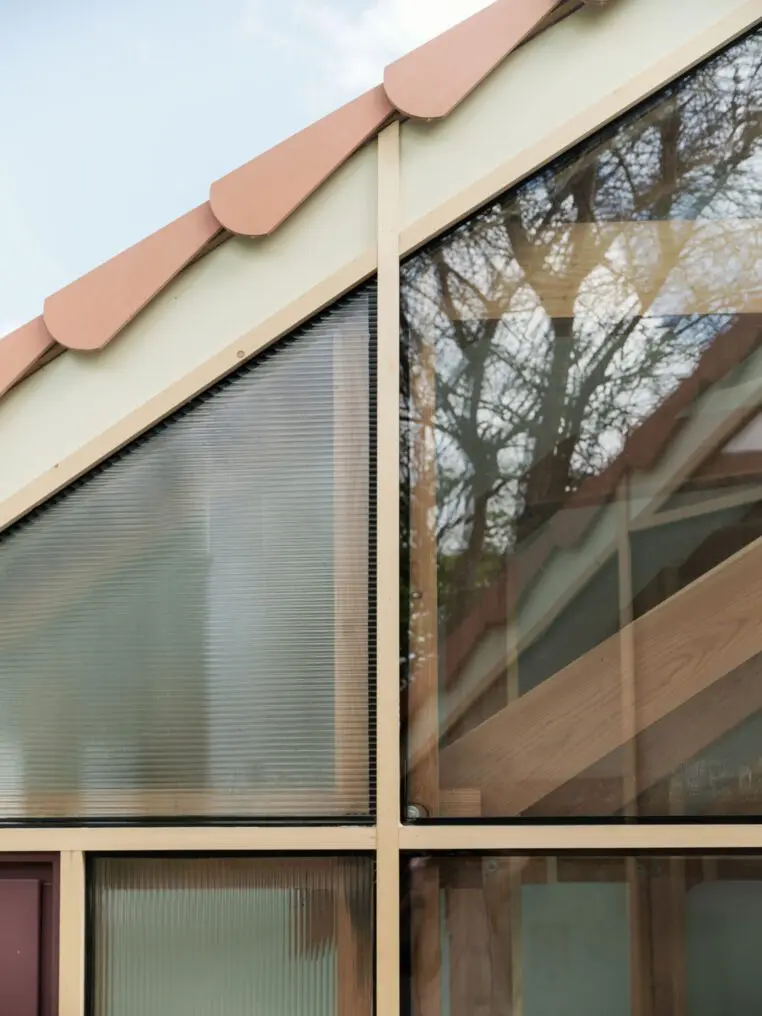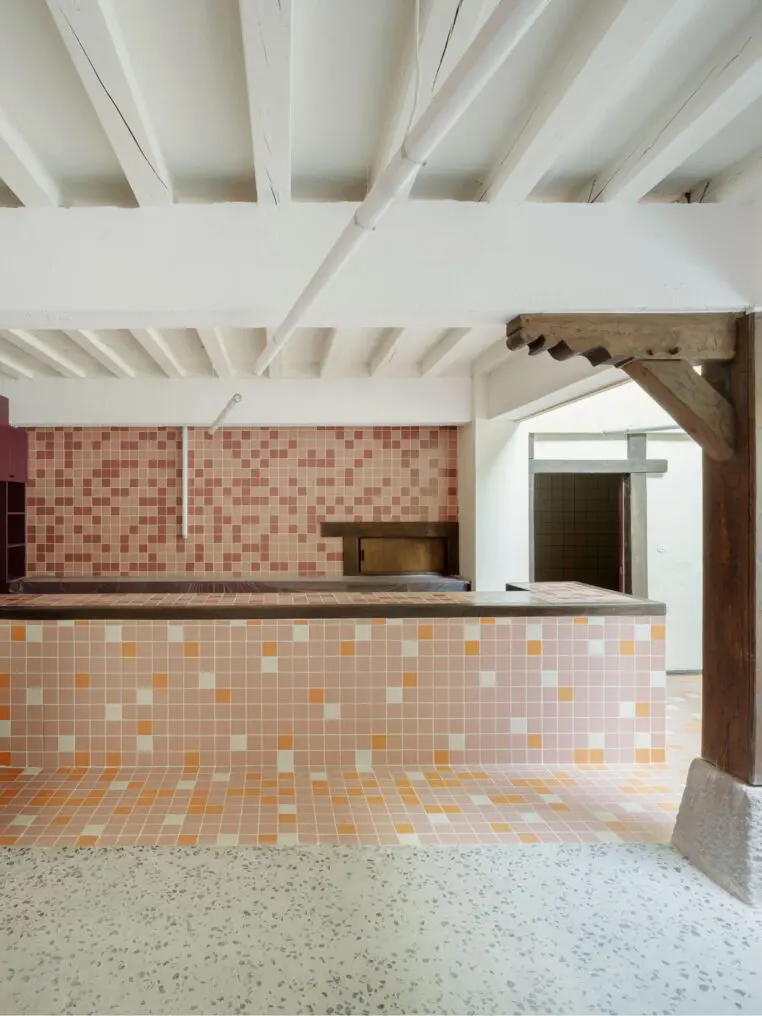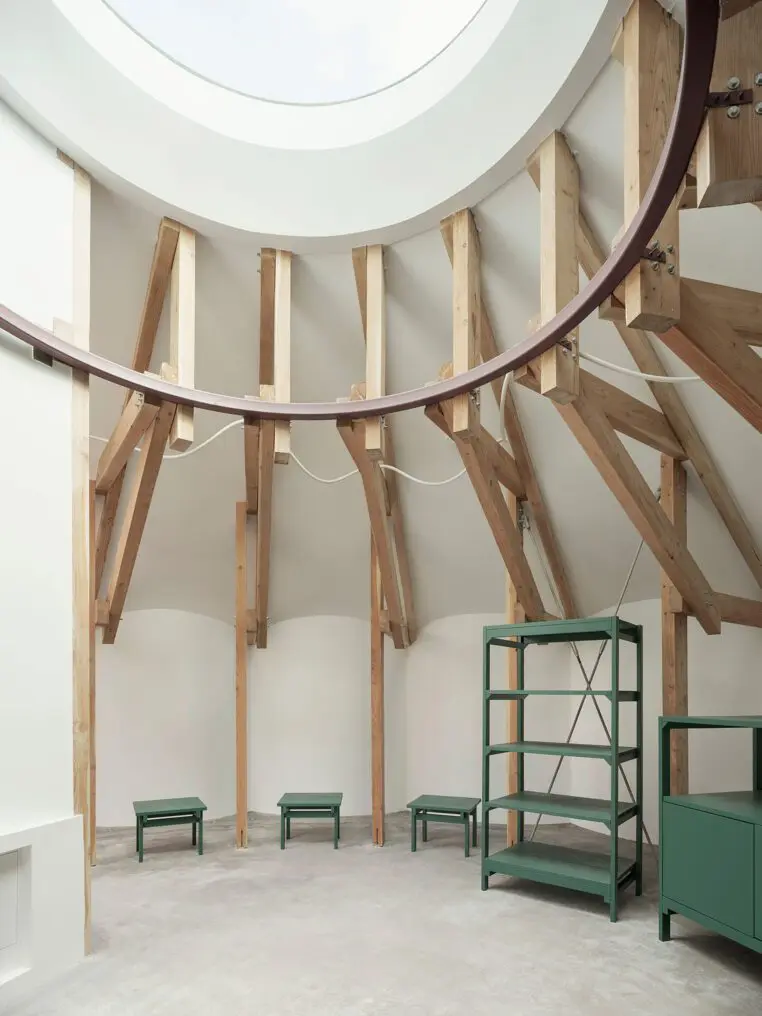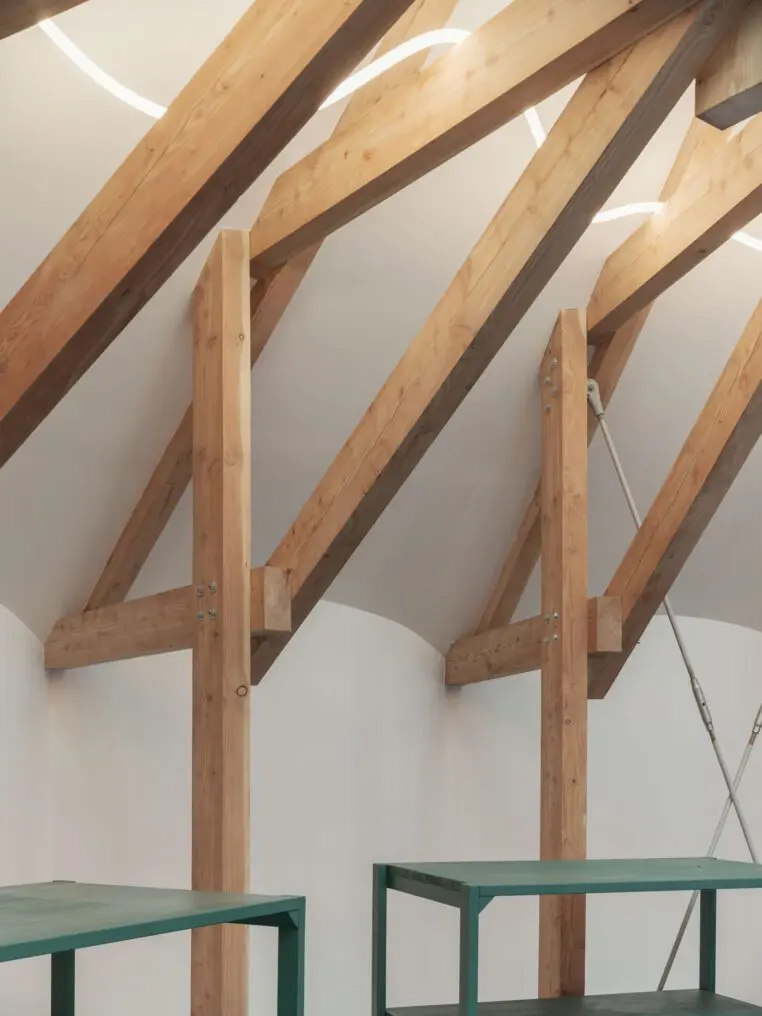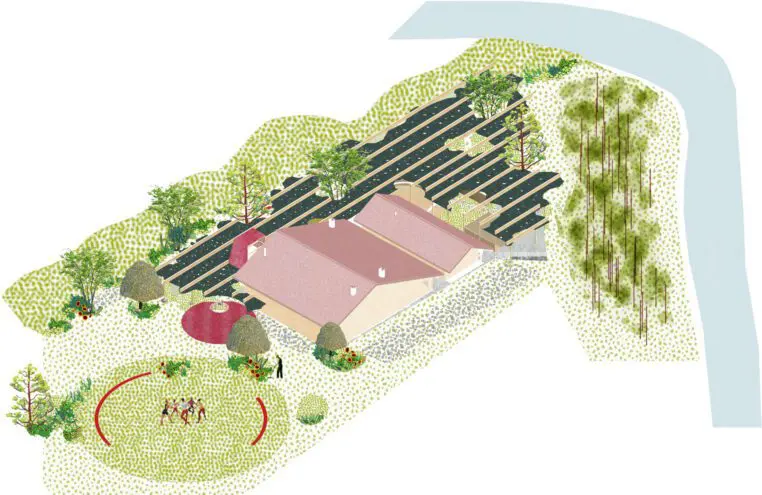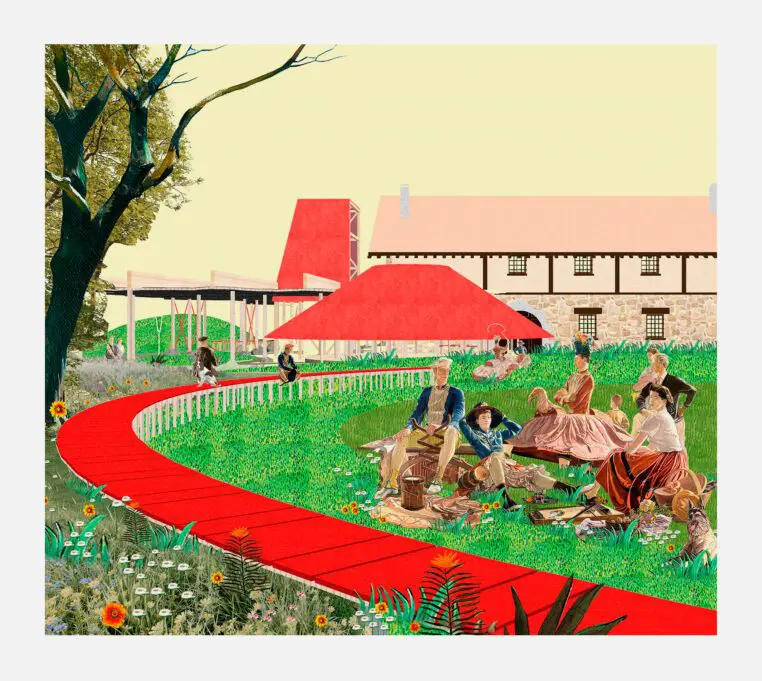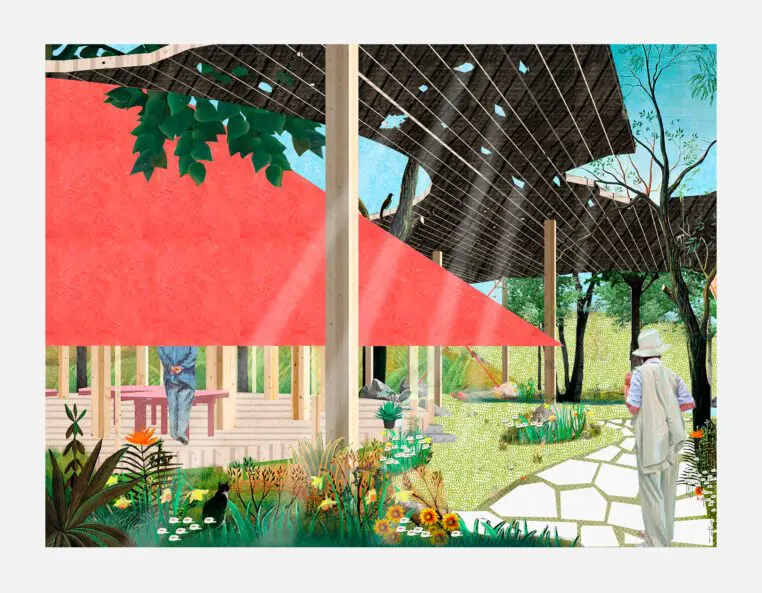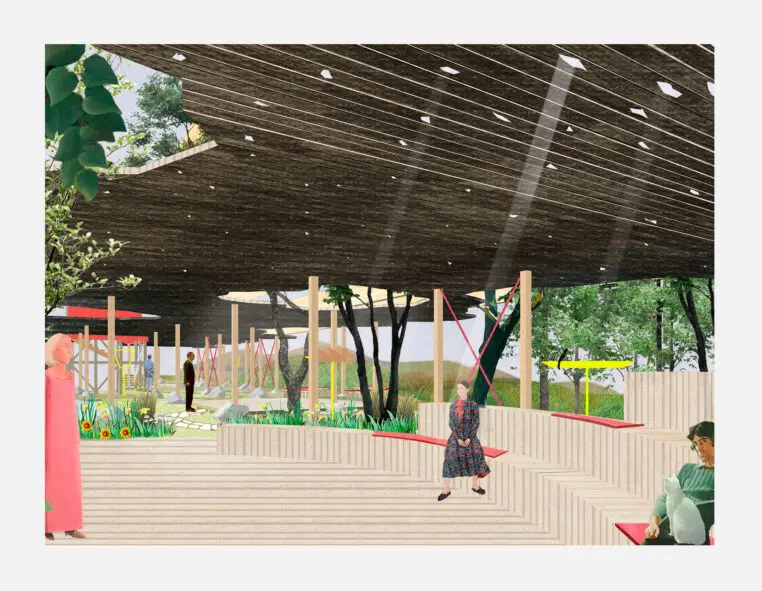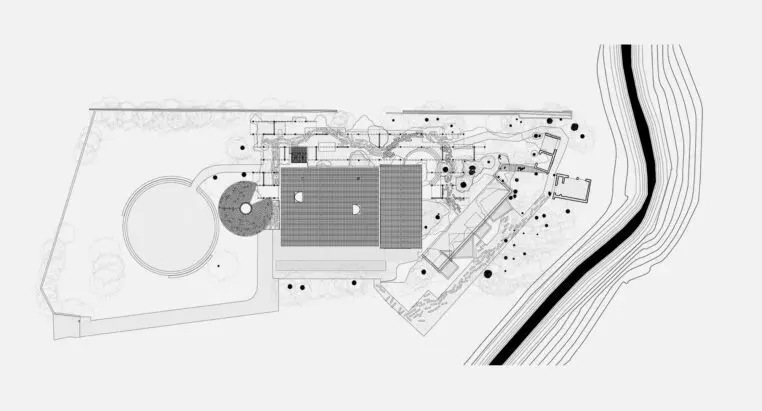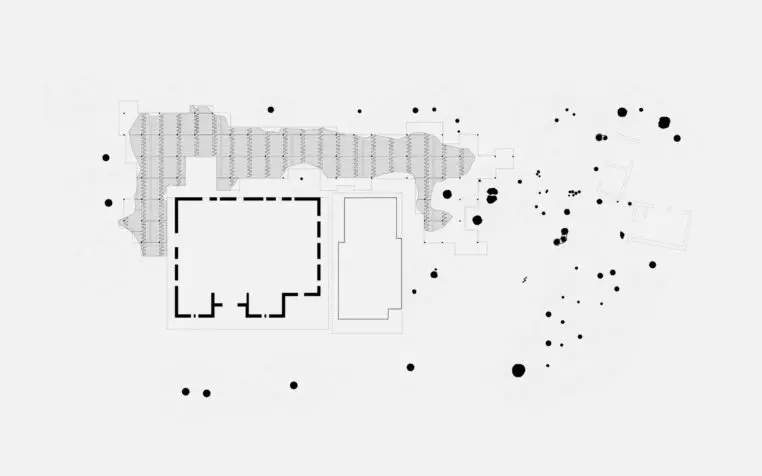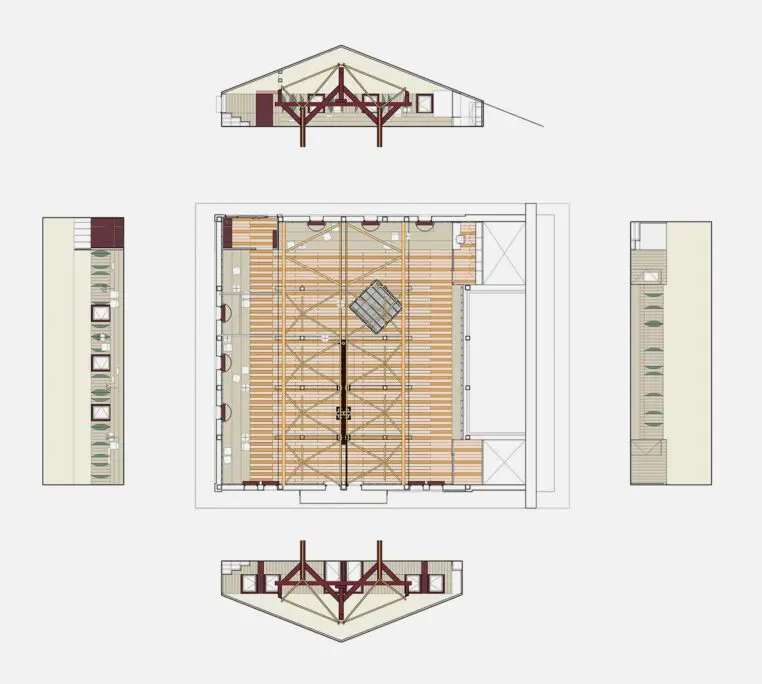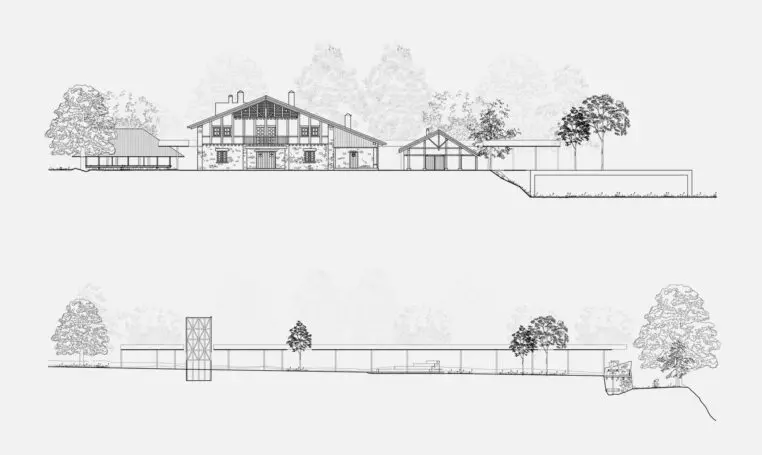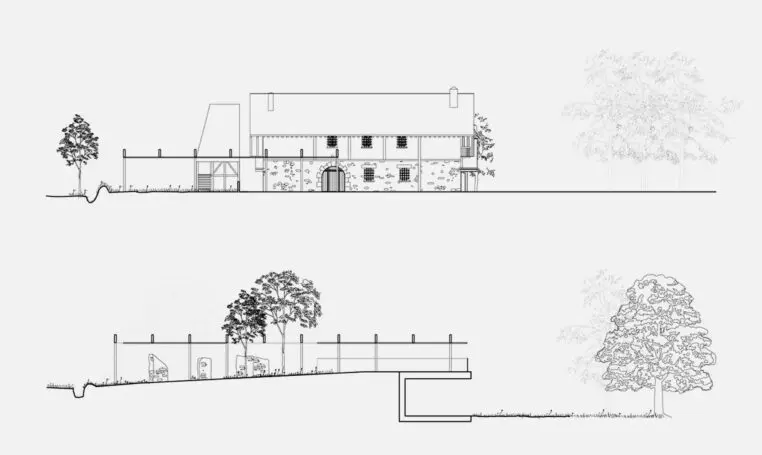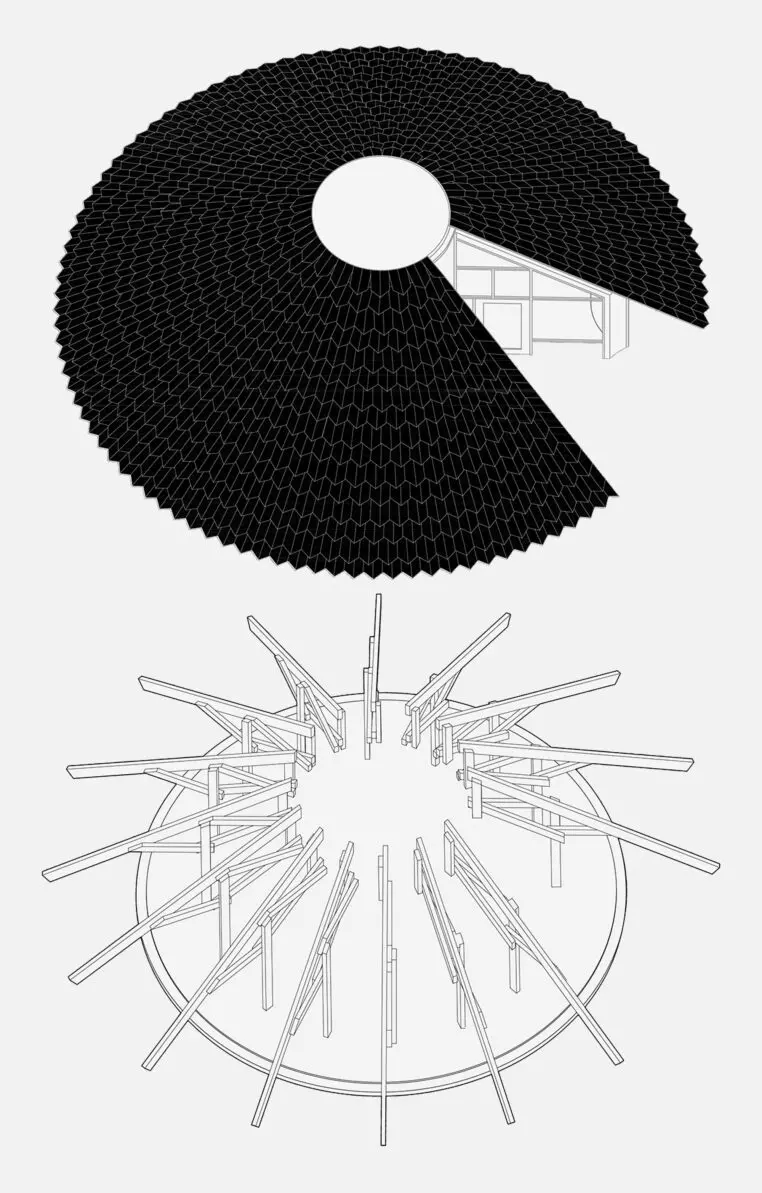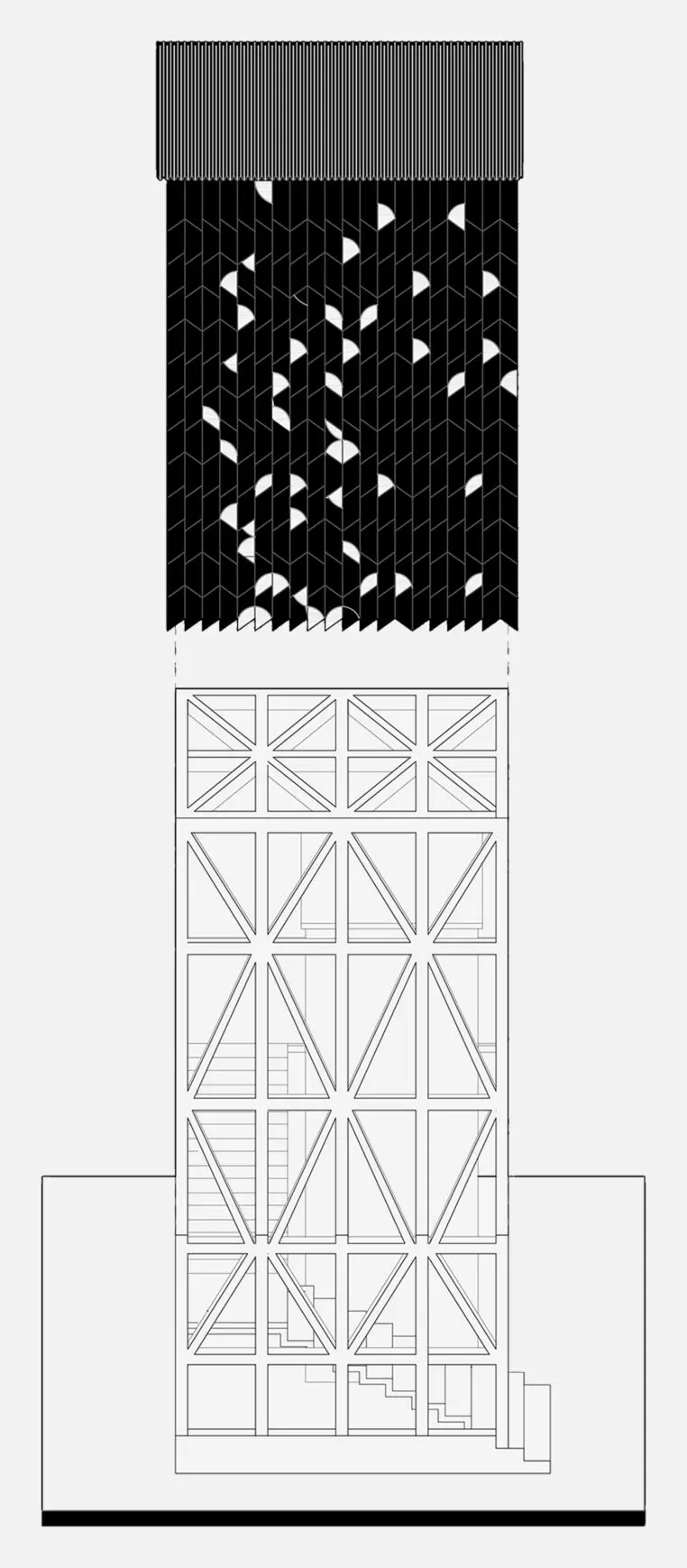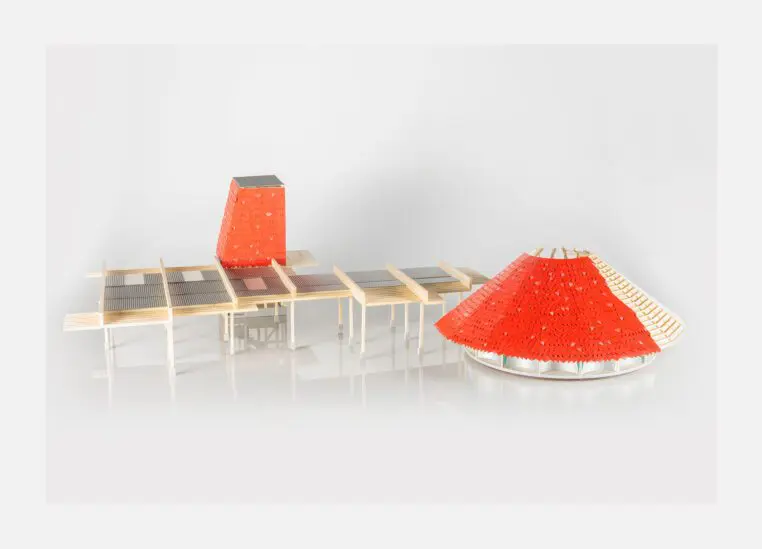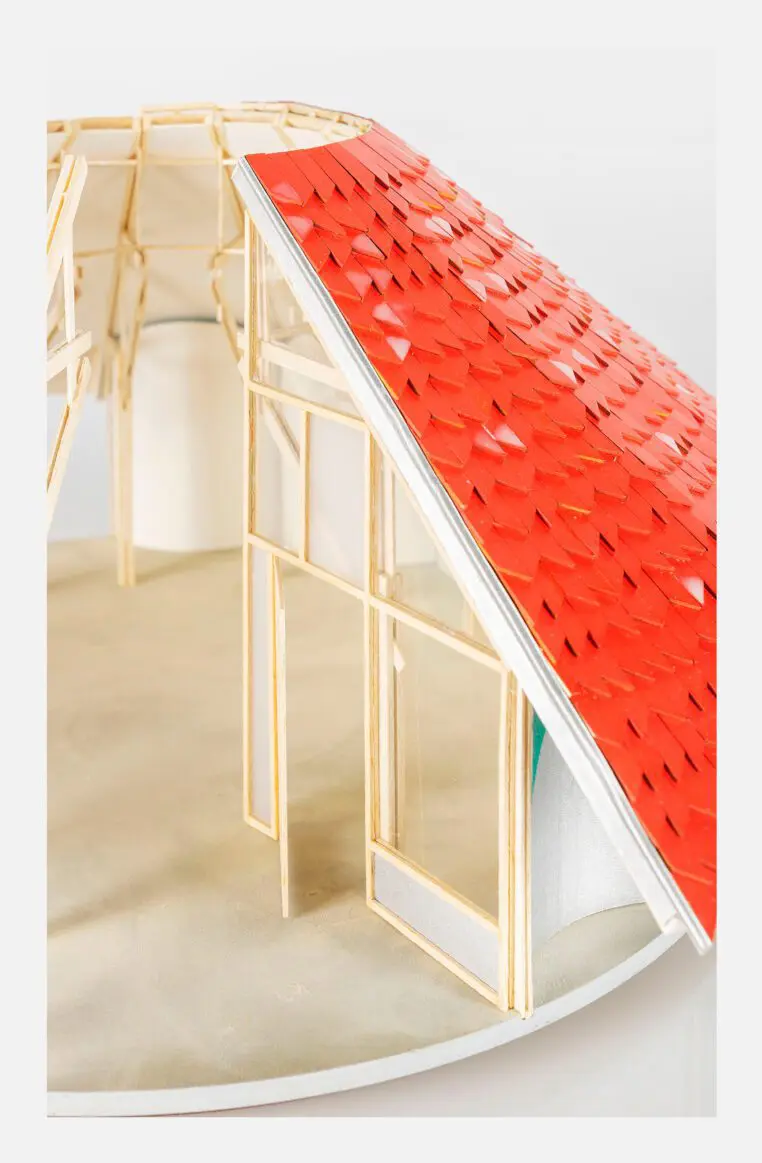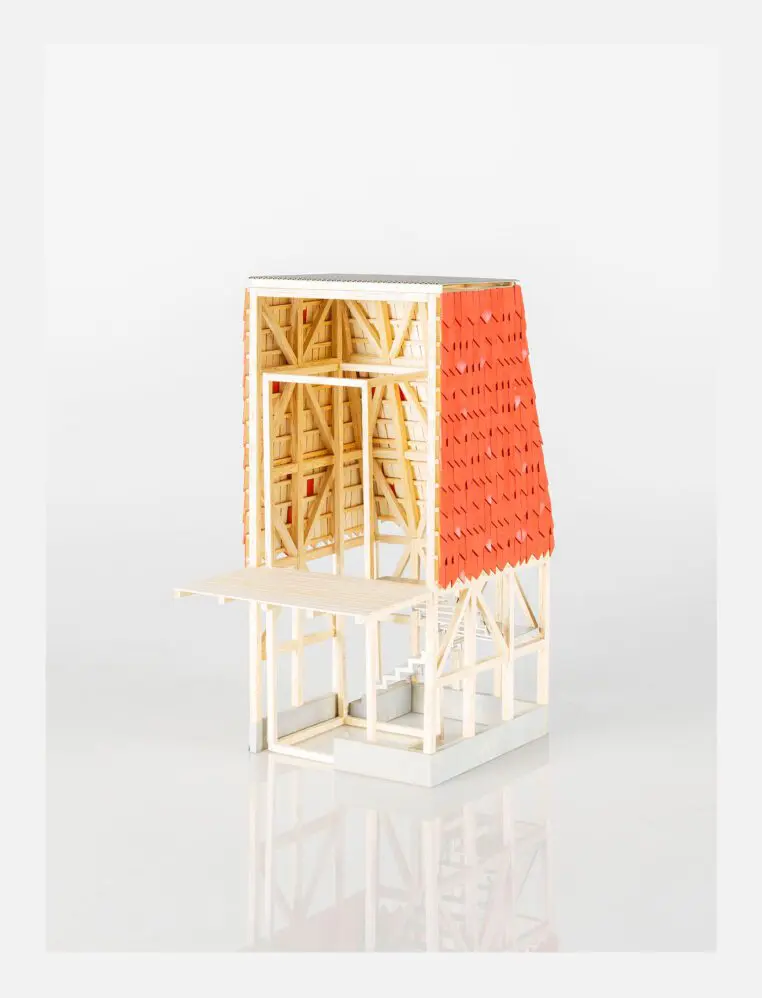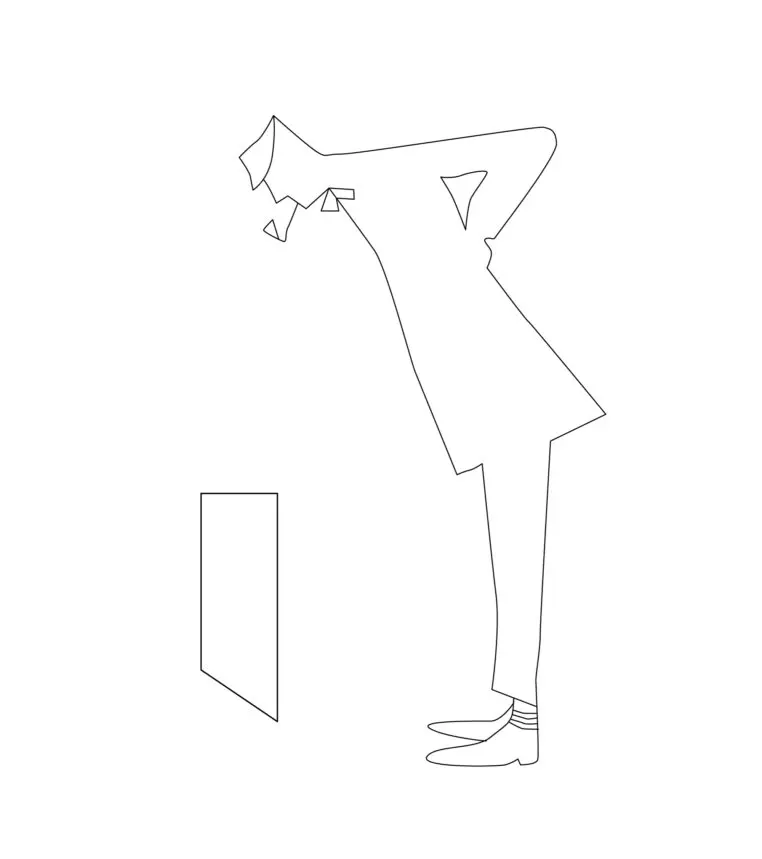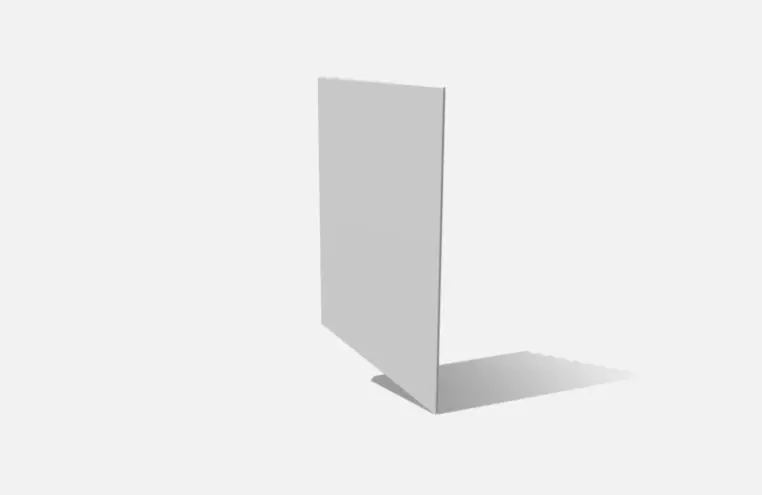The regional character is a property of any authentic architecture.” (1)
The genius loci or spirit of the place is one of the classical concerns that has surrounded architecture since antiquity. This search for local or traditional specificity helps provide a sense of belonging and security, inviting collective appropriation of public spaces. The aim here is to separate it from its romantic condition and playfully, unpretentiously mix reality, pretense, and crude imitation. A popular tradition, open and somewhat punk.
When Sigfried Giedion published his famous article titled “The Need for a New Monumentality” in 1944, he opened a new path toward a general problem: the need for meaning in architecture. This search for a “something” beyond mere functionality is a statement in favor of an architecture that absorbs the qualities of its surroundings and translates what it sees into meaningful images. An architecture that soars and proposes a new imagination (2), one that anchors itself to its environment while simultaneously offering a journey beyond it.
Artea and its new Folk Music Museum form a hidden enclave, tucked beneath the great mountain and forgotten by time, transformed into modern ruins of unused and unremarkable constructions, yet surrounded by a powerful landscape. Its proper revitalization should serve as a catalyst for the latent energies there, unfolding and proudly showcasing its oak groves, nooks, and its musical tradition and culture—transcending the notion of a building to propose a cultural and natural landscape.
An architecture that is more phenomenological than scientific.
The picturesque path (3) emerges as an alternative route, allowing us to take that free flight that, beyond disciplinary and conceptual limits, organizes space as a well-crafted sequence of narratives where the visual amplifies, through movement, the invisible and immaterial.
Musiktopa recovers fragments of nature, walls, and corners of the old museum, linking them together and building around them pavilions, furniture, and both living and inanimate natural elements. This proposal does not seek isolated or superficial motifs but rather effective spatial organization methods capable of connecting individual elements to create a bold action plan that, from a global understanding, defines a specific solution to the program.
Thus, more than just a building, it proposes a garden, a storyteller—one that not only boldly addresses the programmatic needs but also captivates citizens with connections and references to reality, culture, and history. It envisions a new regionalism that is creative rather than nostalgic, placing the proposal within its environment.
(1) Christian Norberg-Schulz, “The Principles of Modern Architecture” (Ed. Reverté, Barcelona, 2005. Spanish version). Chapter VII: The New Regionalism, p. 185.
(2) Sigfried Giedion, “The New Regionalism” (Architectural Record, 1954), p. 38 and following.
(3) Iñaki Ábalos.
